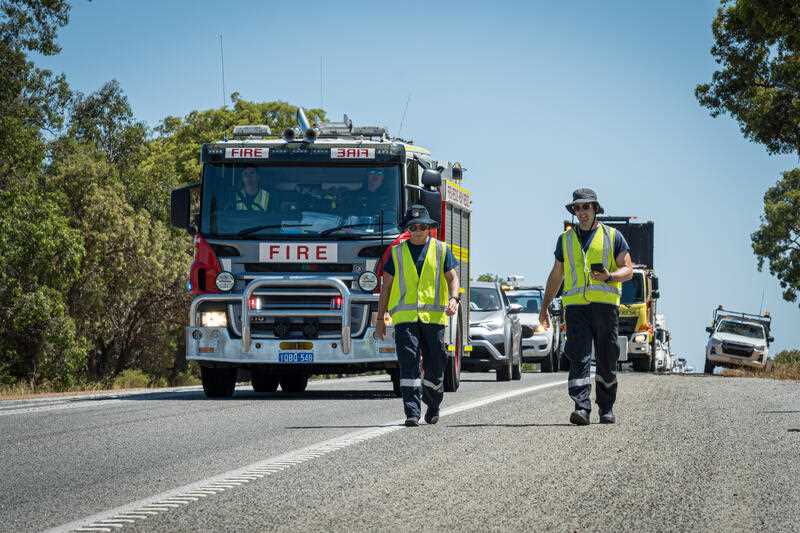Authorities searching a 1400km route in Western Australia are unlikely to find a dangerous radioactive capsule unless they pass within a few metres of it, experts say.
The hunt continues for the tiny 8mm by 6mm capsule after it fell out of a density gauge while being trucked from a Rio Tinto mine in the Pilbara to Perth.
Investigators presume it’s lying somewhere along the way and an intensive search has been launched.
Rio Tinto has apologised for any alarm amid warnings the Caesium-137 in the capsule could cause radiation burns or sickness if handled, and potentially dangerous levels of radiation with prolonged exposure.
It insists the capsule was inside the gauge when the truck left the mine on January 11 and there are instrument readings to support that.
The truck delivered the gauge to the Perth suburb of Malaga on January 16. But no-one realised its radioactive source was missing until January 25, when a specially trained technician went looking for it.
Ivan Kempson is an Associate Professor in Biophysics at the University of South Australia and its radiation safety officer.
He believes search teams with Geiger counters that measure radioactivity might find the capsule but they’ll need to get close.
“It would be a few metres. And that’s going to be a big challenge across 1400km.”
Professor Dale Bailey, a physicist in nuclear medicine at the University of Sydney and Royal North Shore Hospital, said the search would also need to be relatively slow, ruling out a quick zip along the truck’s route.
“The detectors themselves have a little bit of a time delay until they peak,” he said.
“It’s not like in the movies, where it goes screamingly off the dial instantaneously. It’s a little bit slower than that.
“You have to travel really slow because it’s not a huge amount of radioactivity but it’s concentrated.”
Rio Tinto says a bolt that secured the capsule within the gauge appears to have sheared off, creating a hole just big enough for the capsule to escape.
The miner has ordered its own investigation into what went wrong during the haul, which was carried out by a contractor.
Prof Kempson said there was no mass risk to public health but if someone got too close to the capsule for too long it would cause problems.
“The worst-case scenario is that someone picks up the capsule, finds it curious and keeps it in a pocket, which has happened overseas before.
“Hopefully, the media attention will avert this. If the capsule is lost in an isolated area it will be very unlikely to have much impact.”
Prof Bailey said the Caesium-137 won’t pose a major hazard if the capsule remains intact but it might break open if run over by a truck.
In that case the main risks would be direct contact, via the skin or ingestion.
“There would be initial reddening of the skin or tissue and, in severe cases, ulceration and potentially death of the tissues,” he said.
“If swallowed it would potentially cause bleeding in the gut and ulceration which can lead to significant complications.”
He said exposure to the radiation emitted by the source was of less concern.



